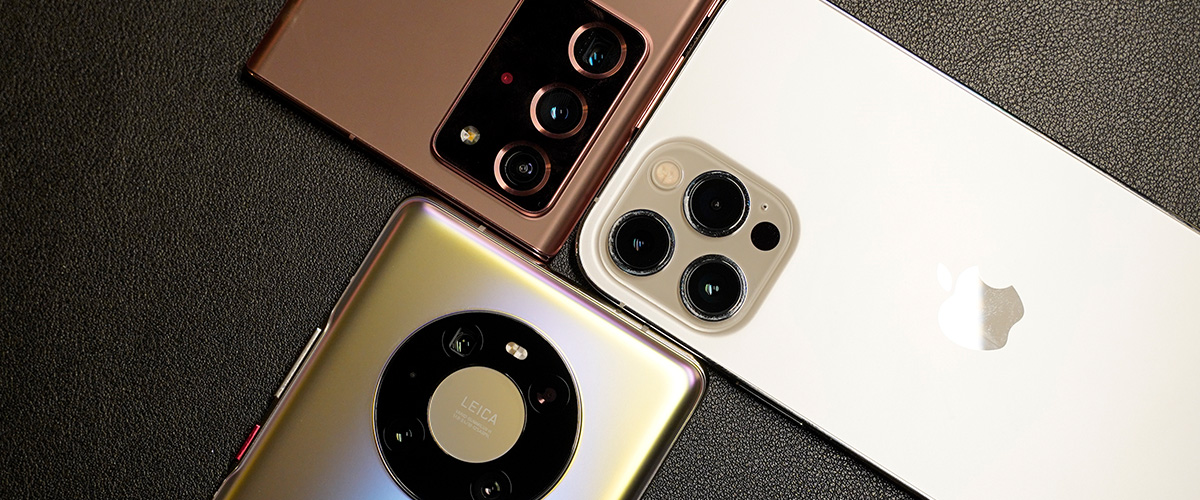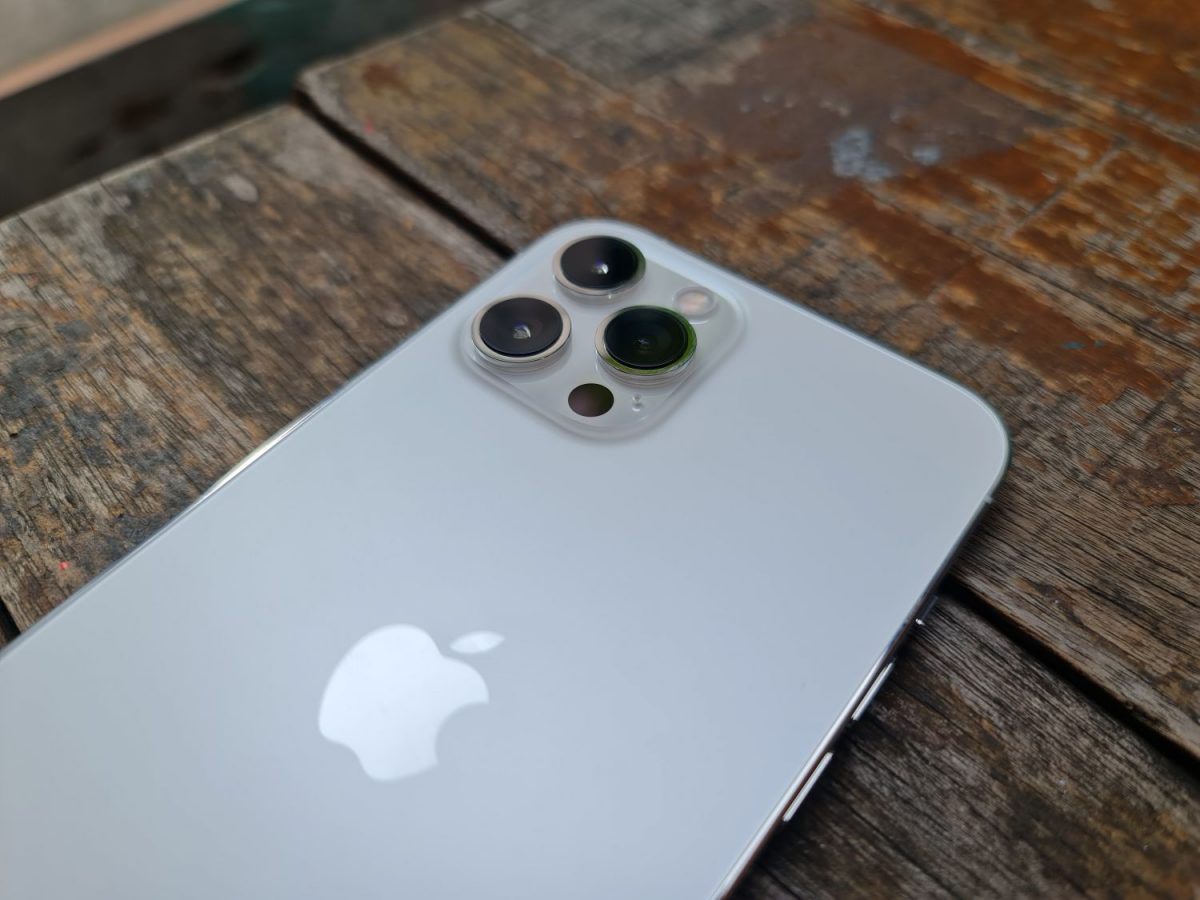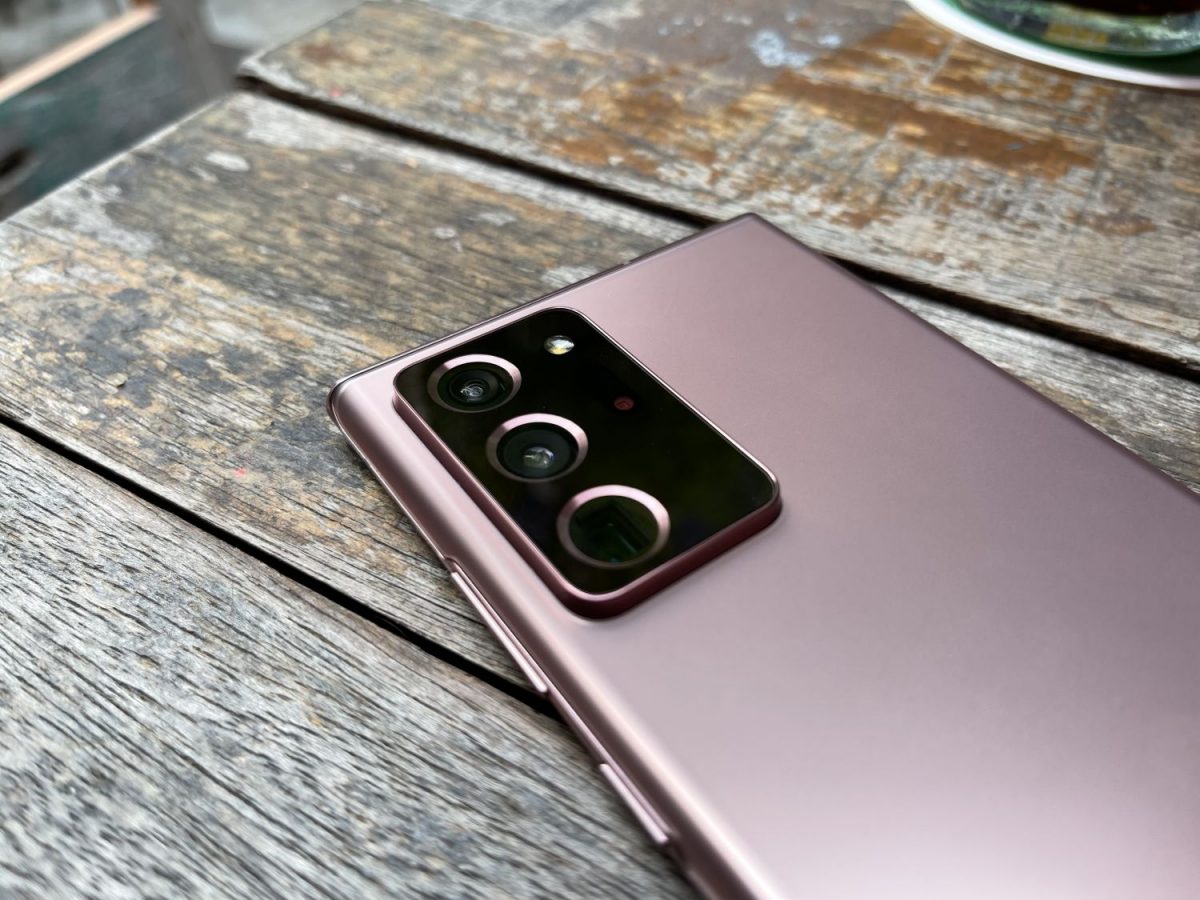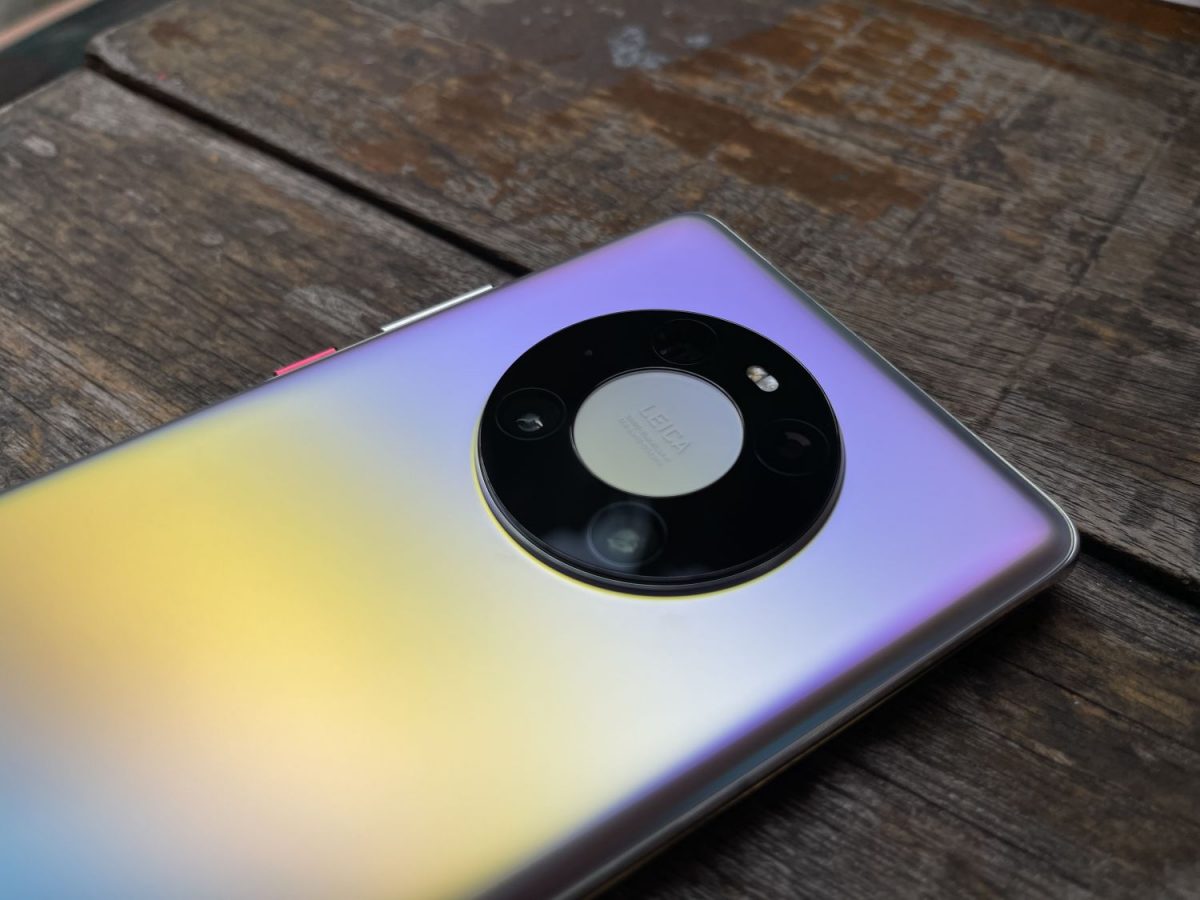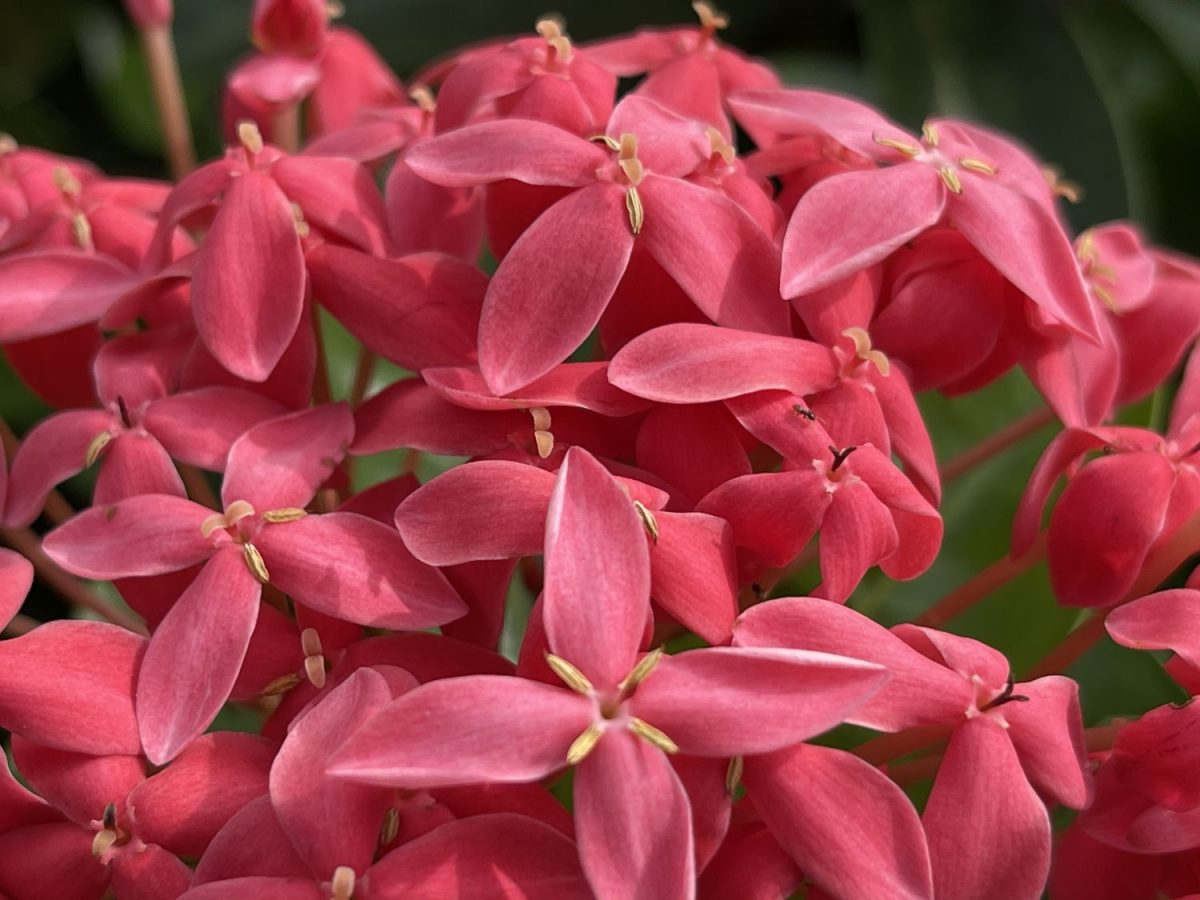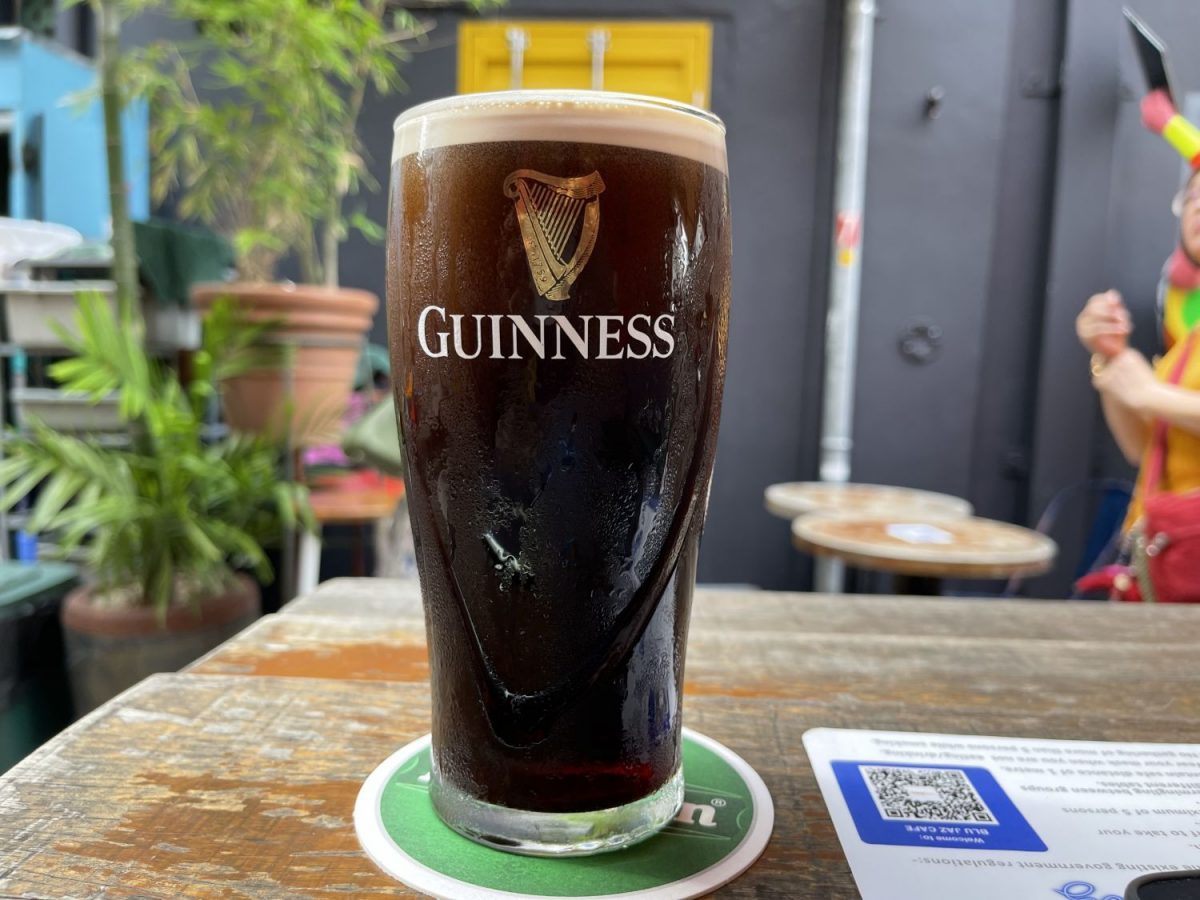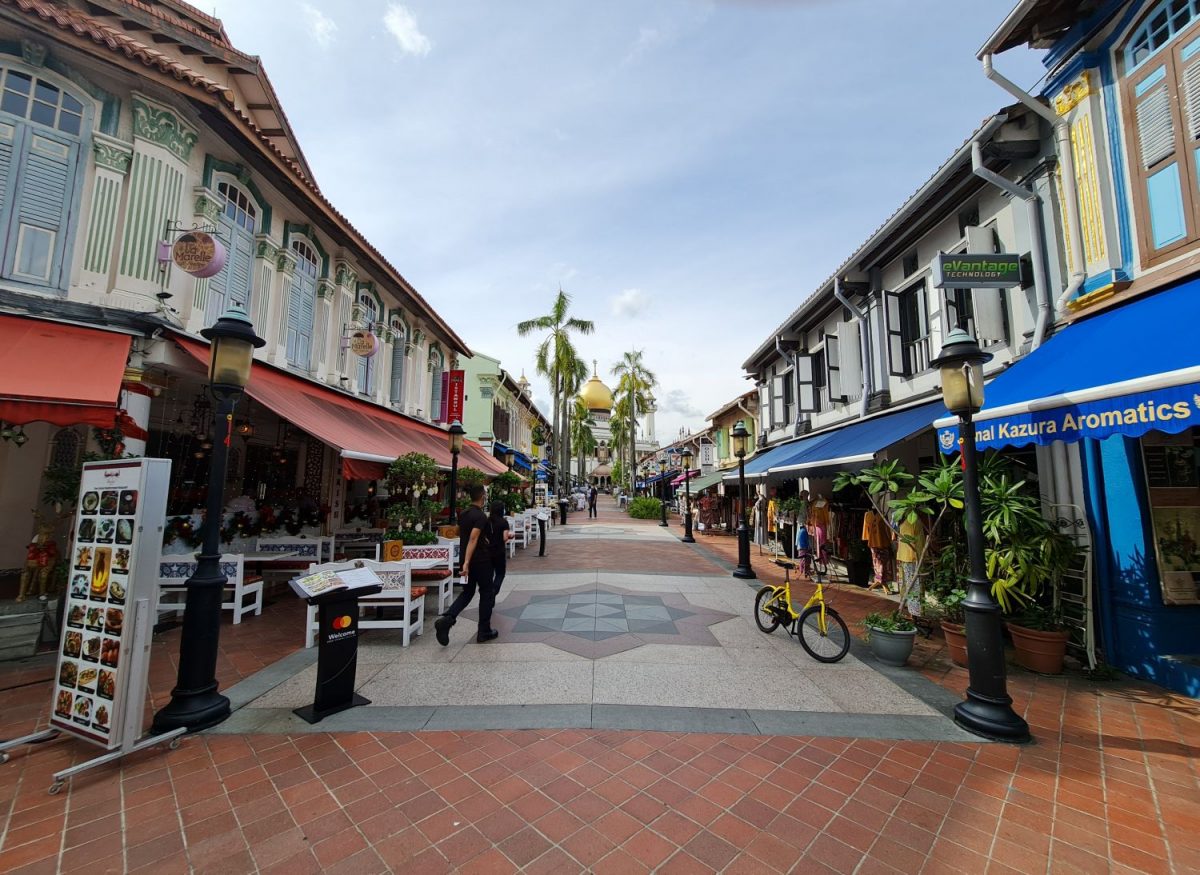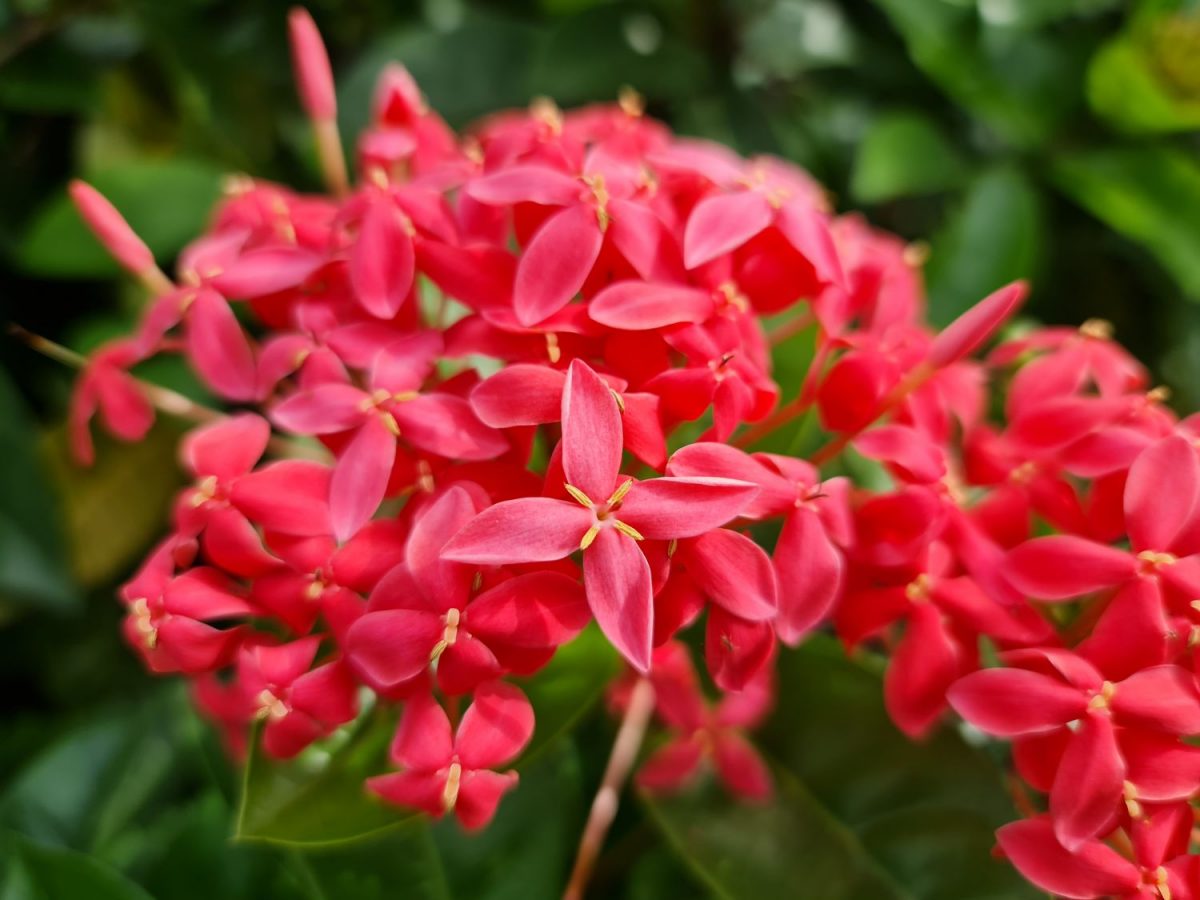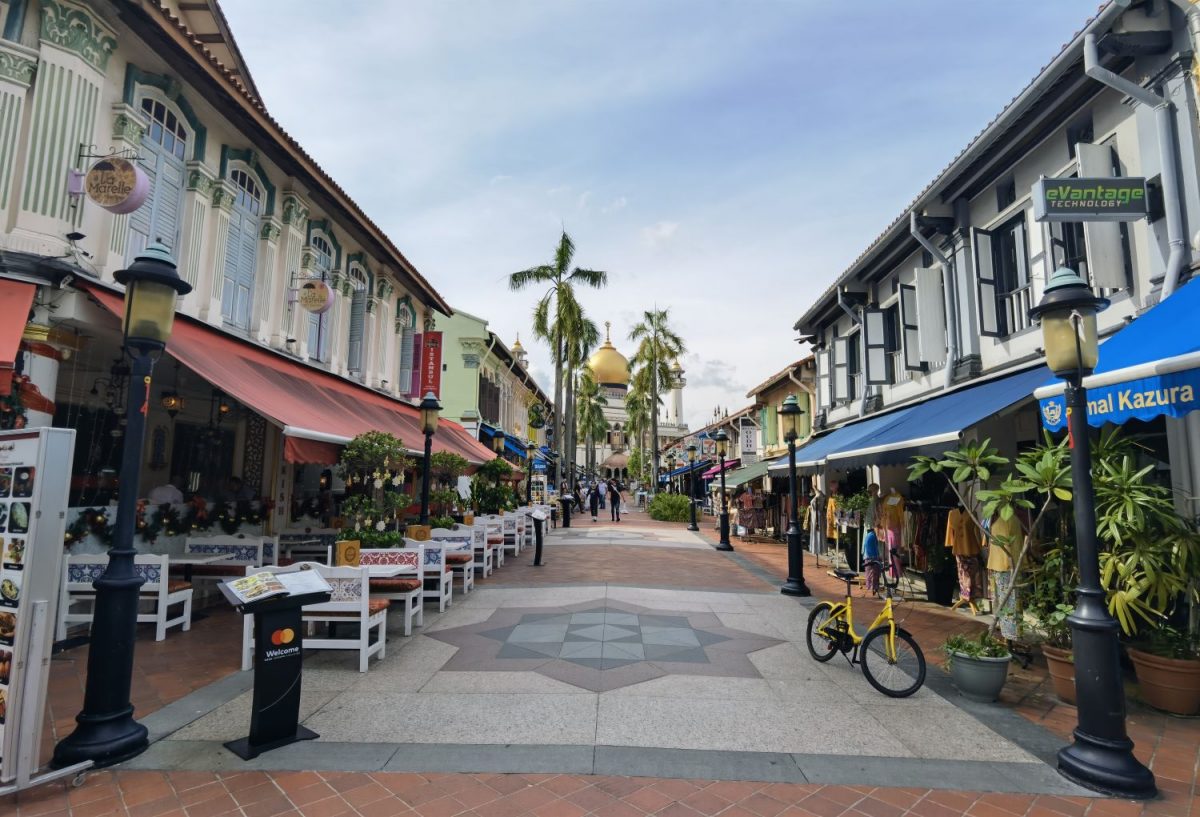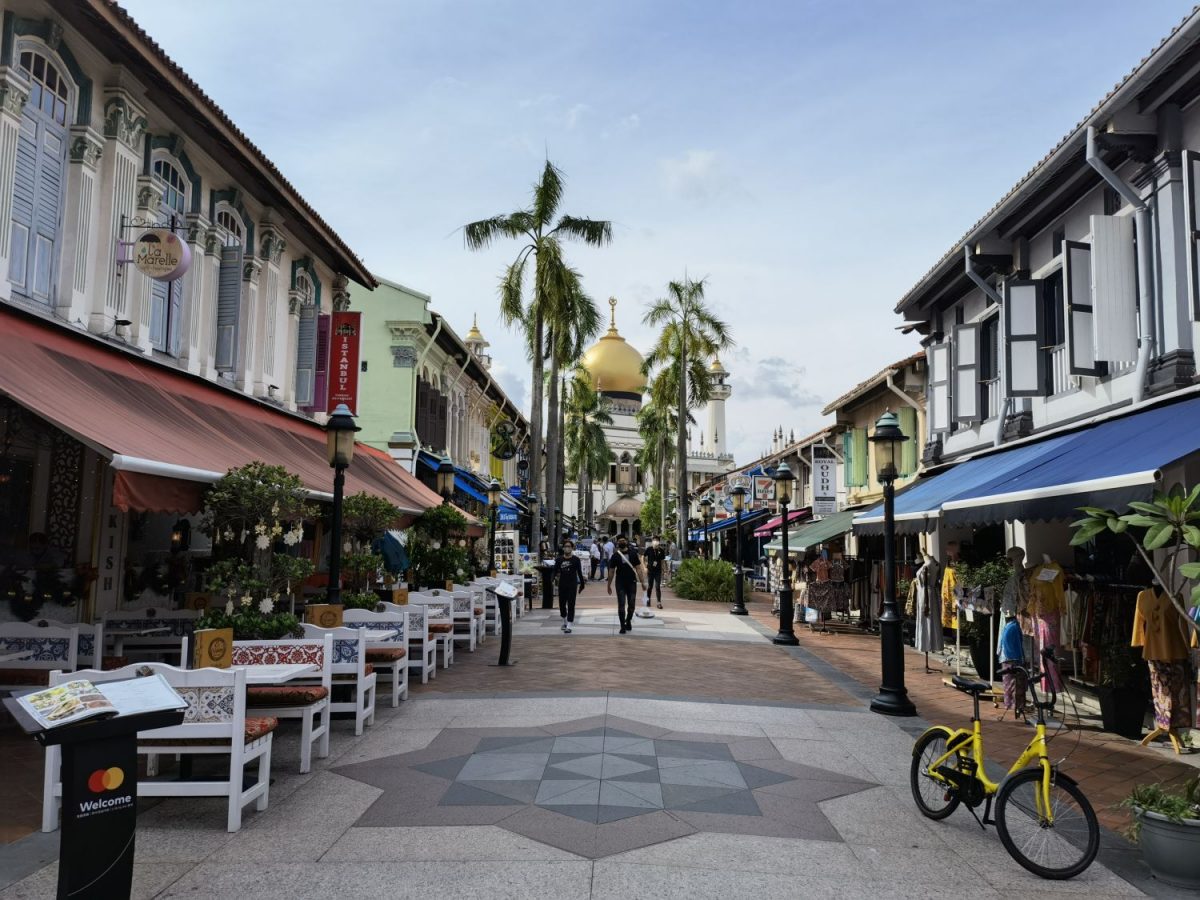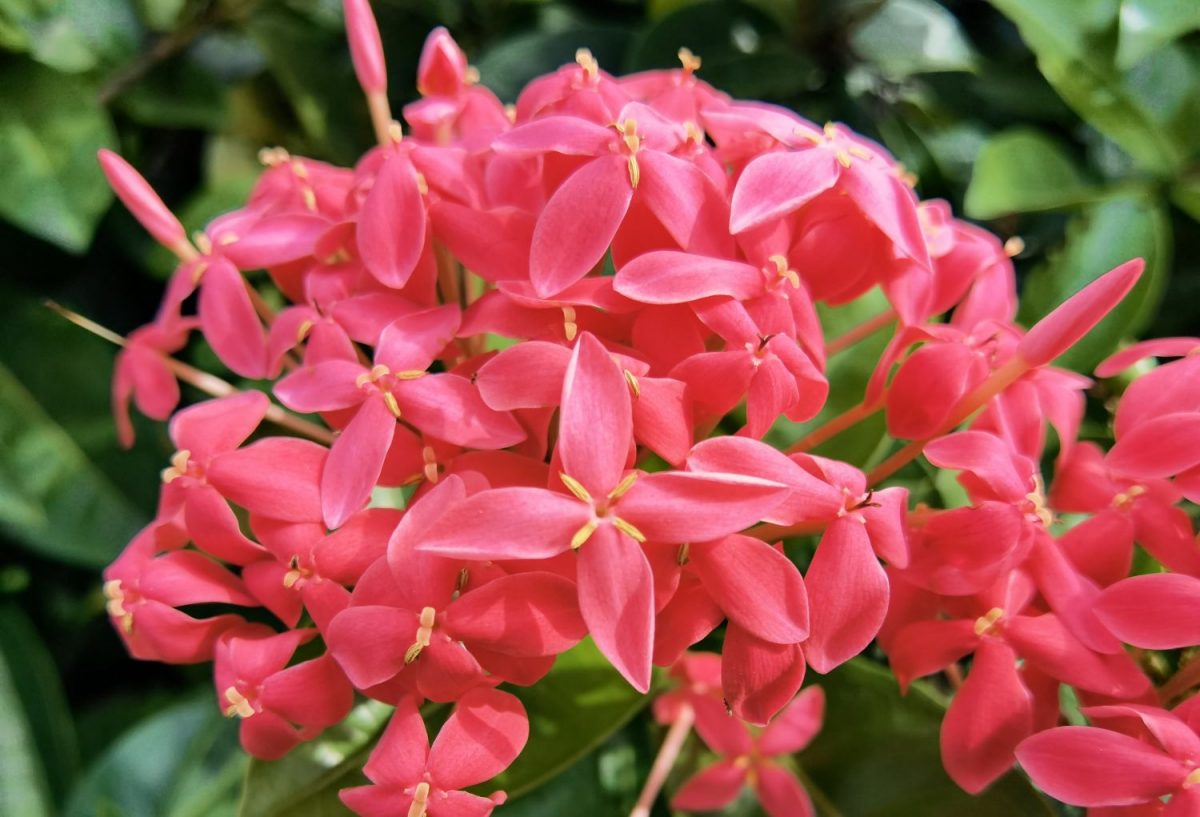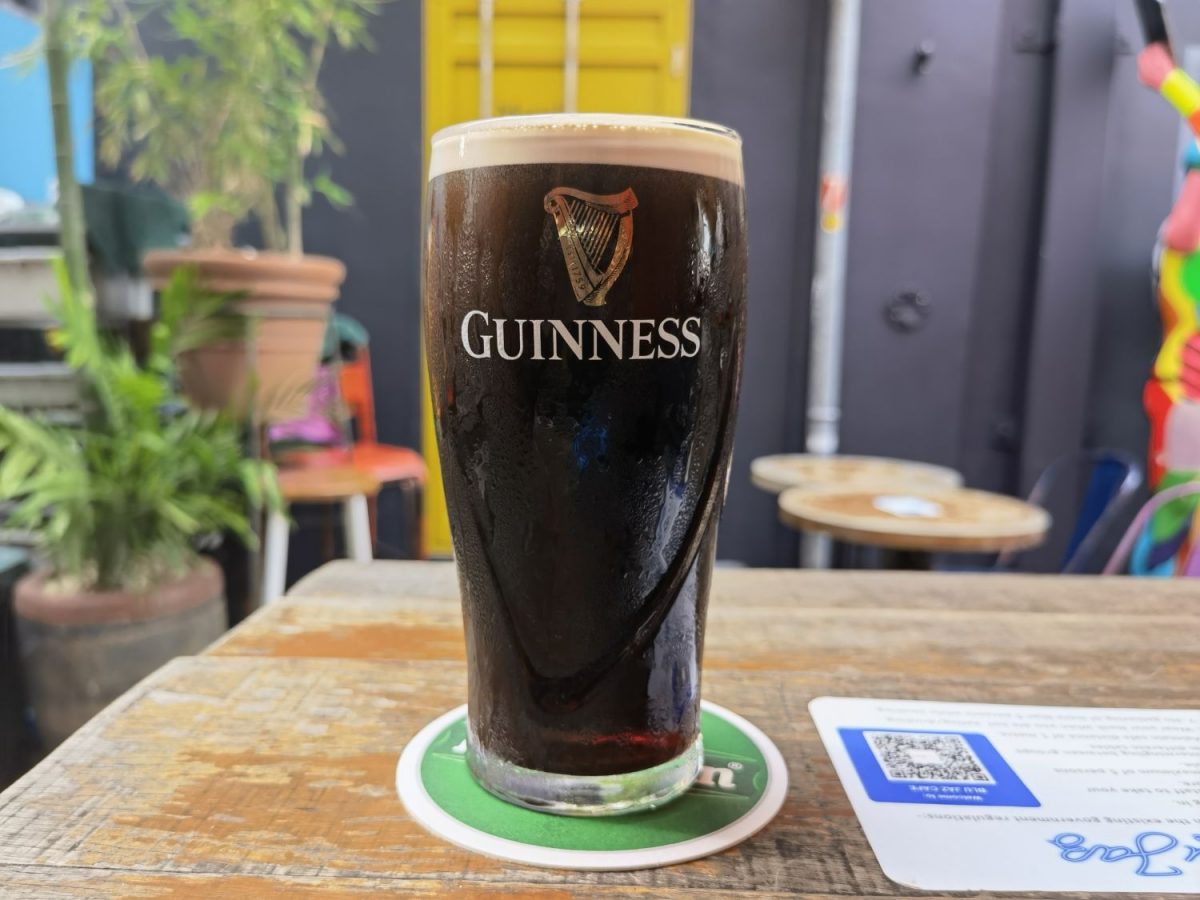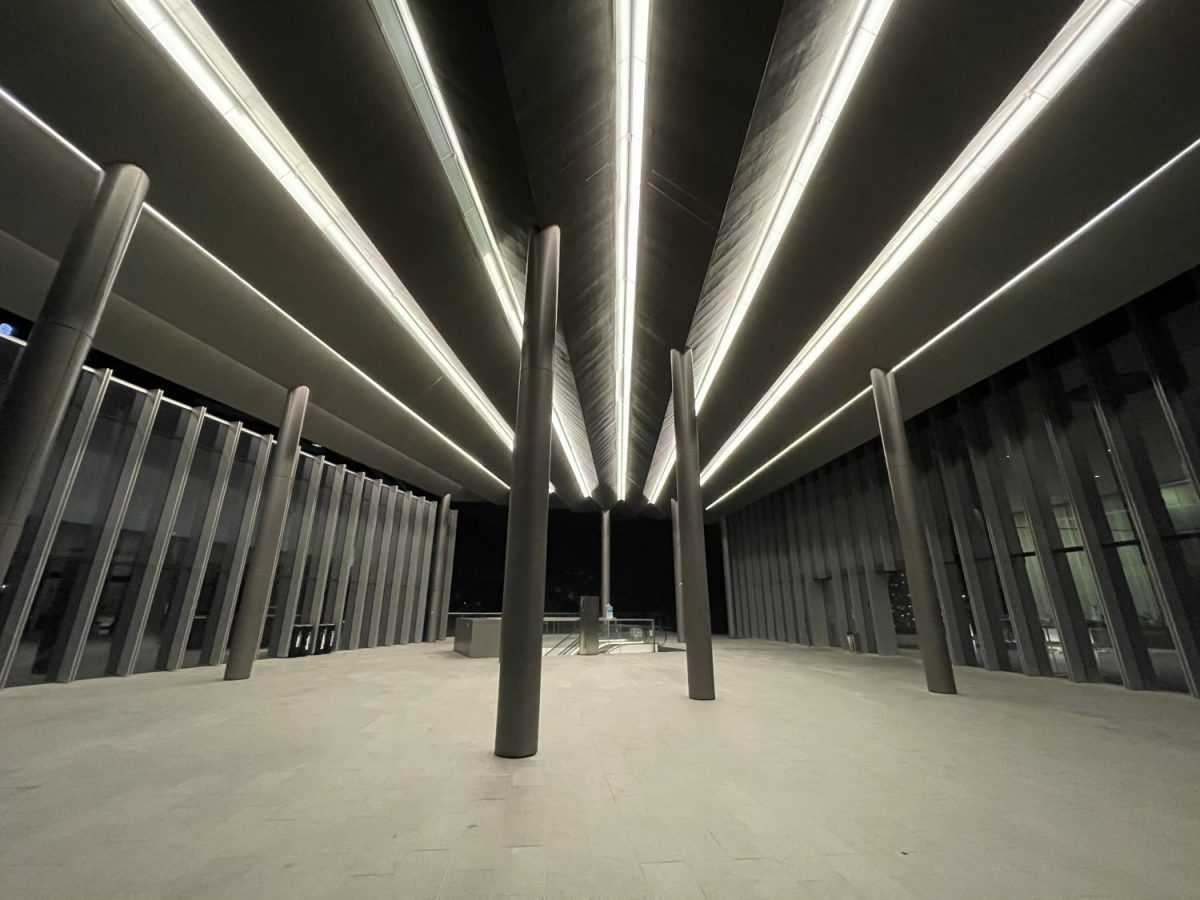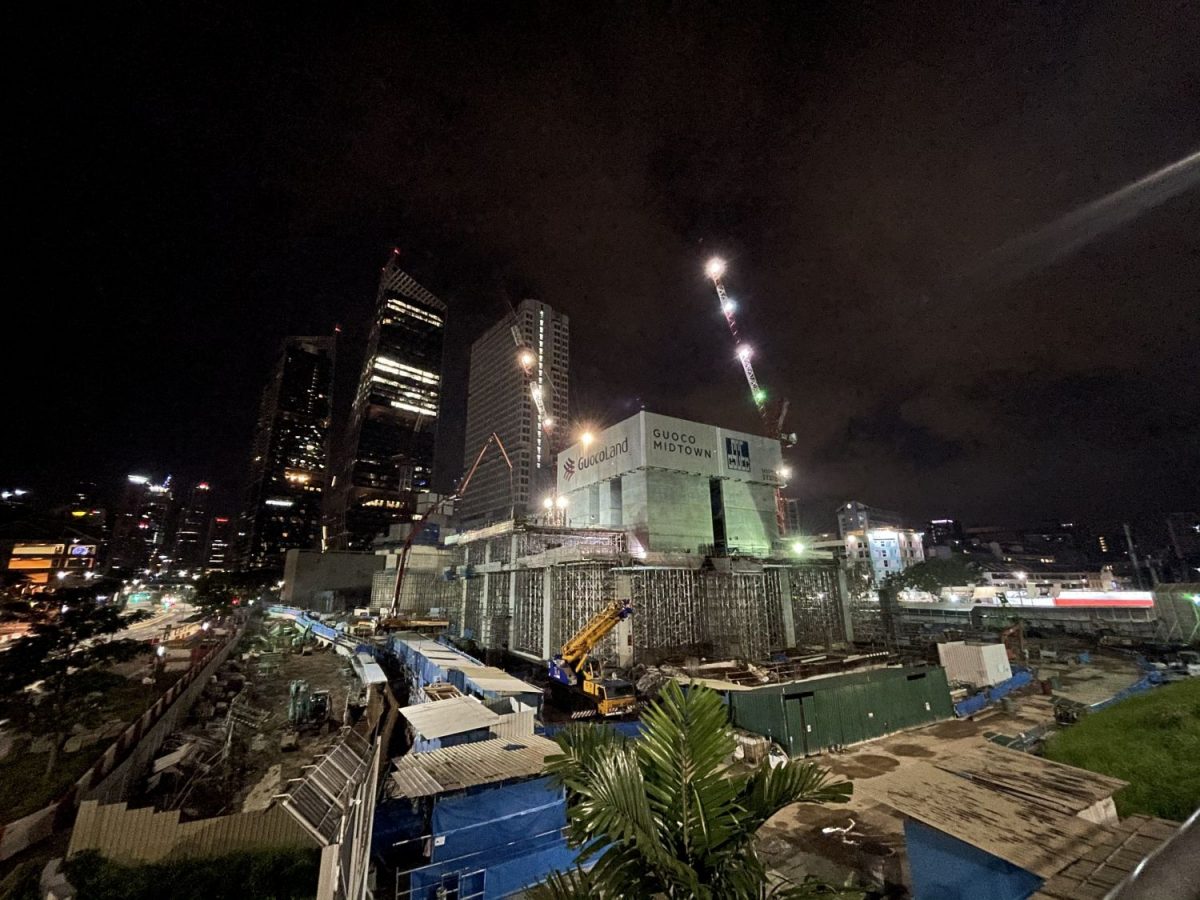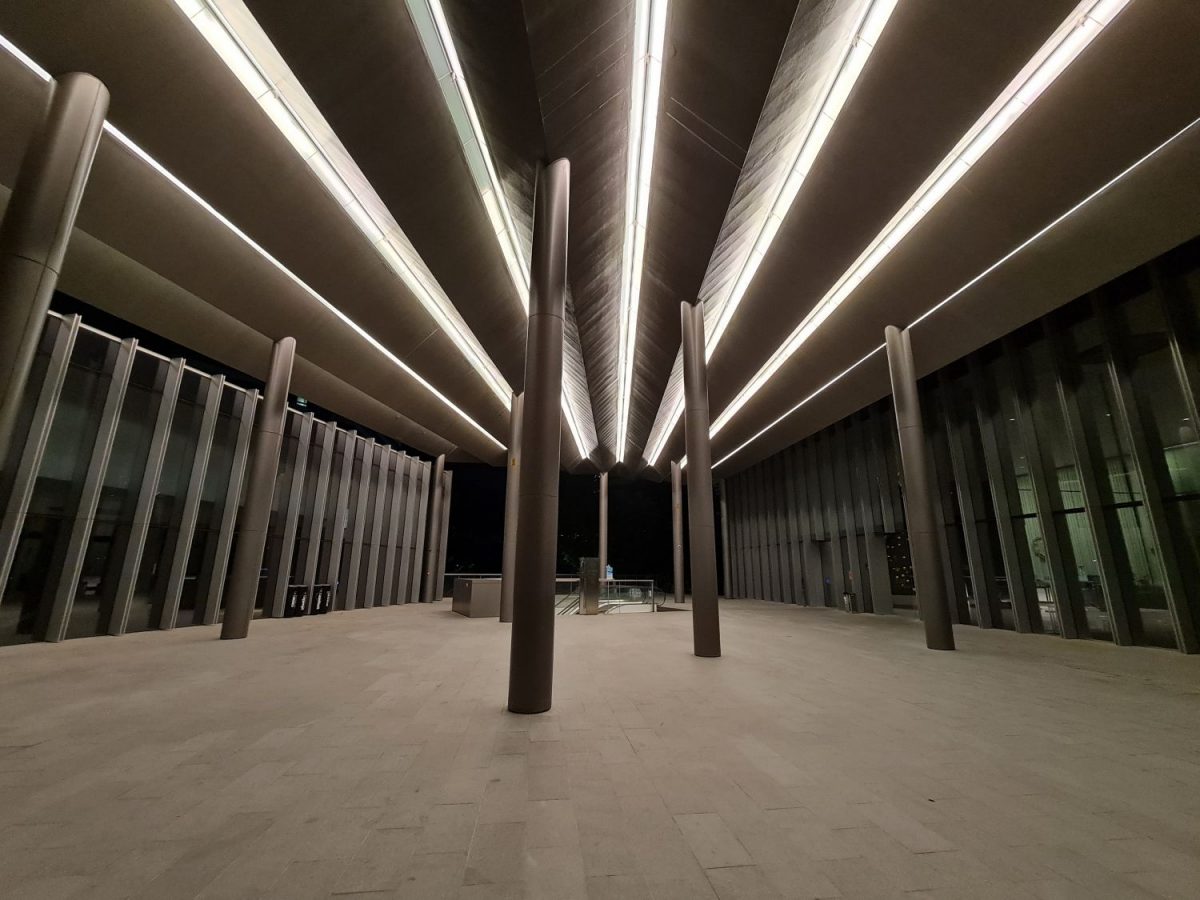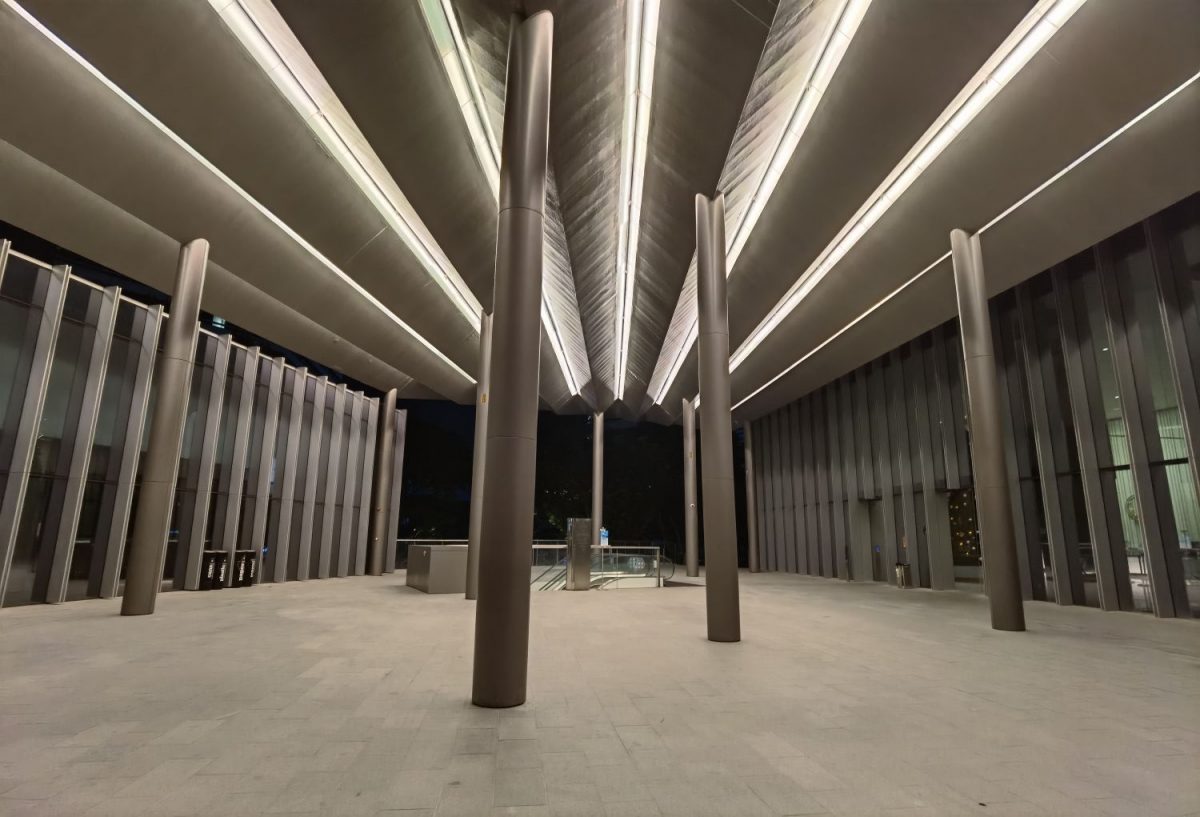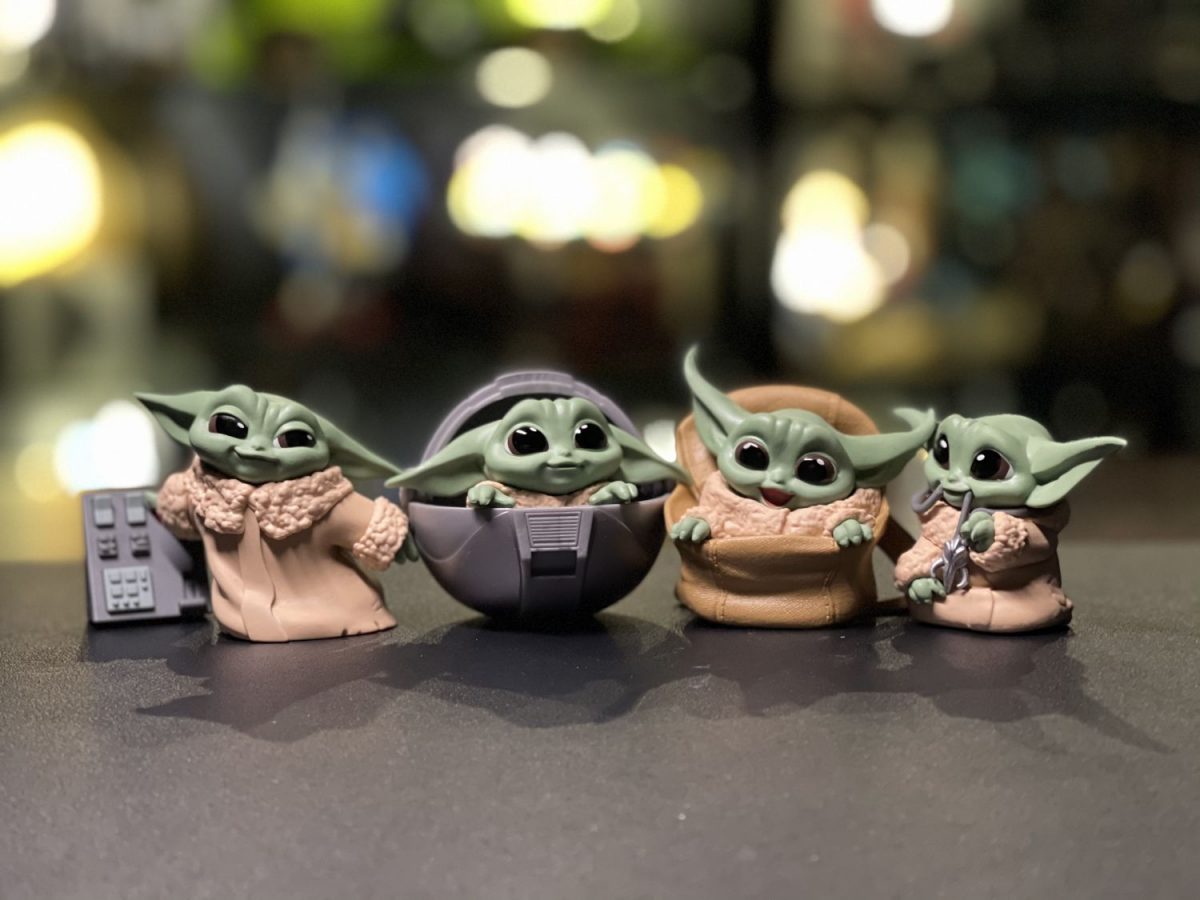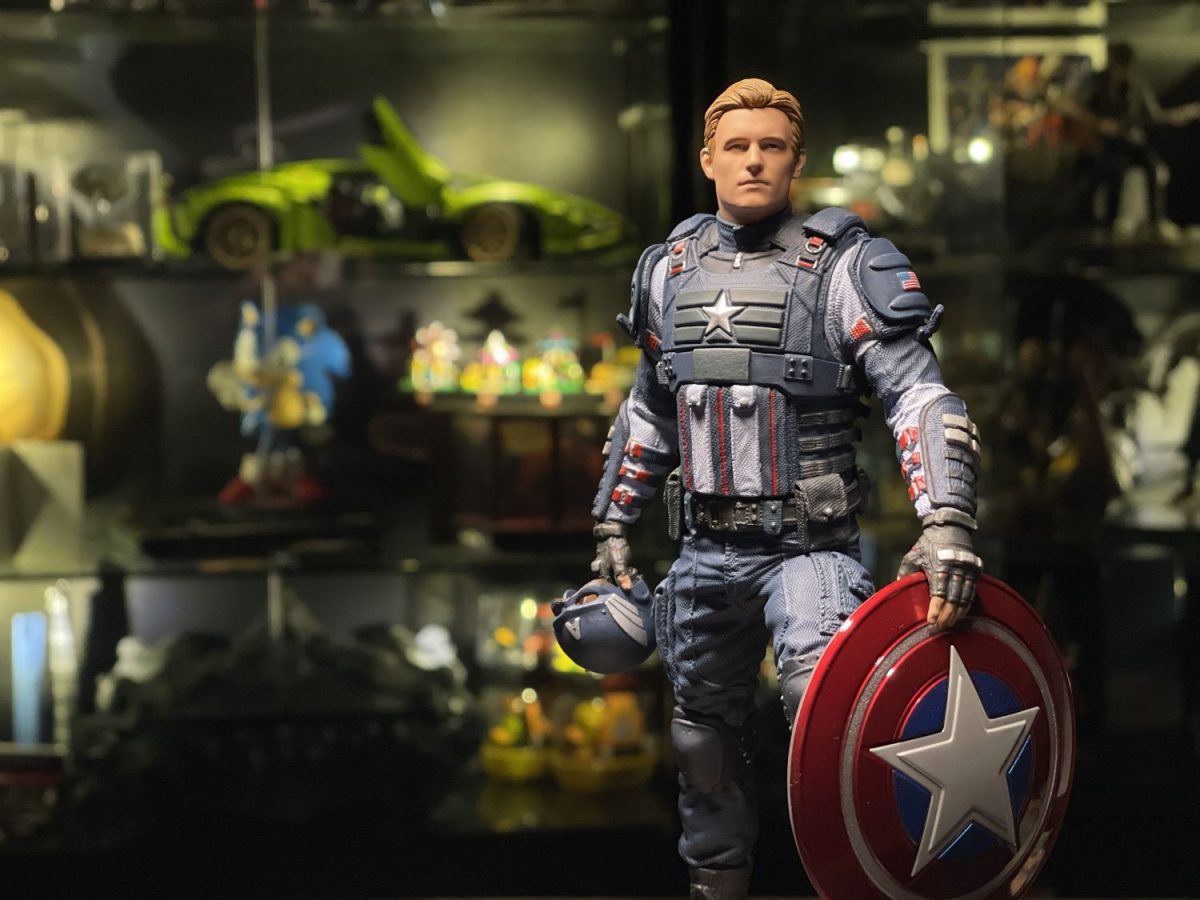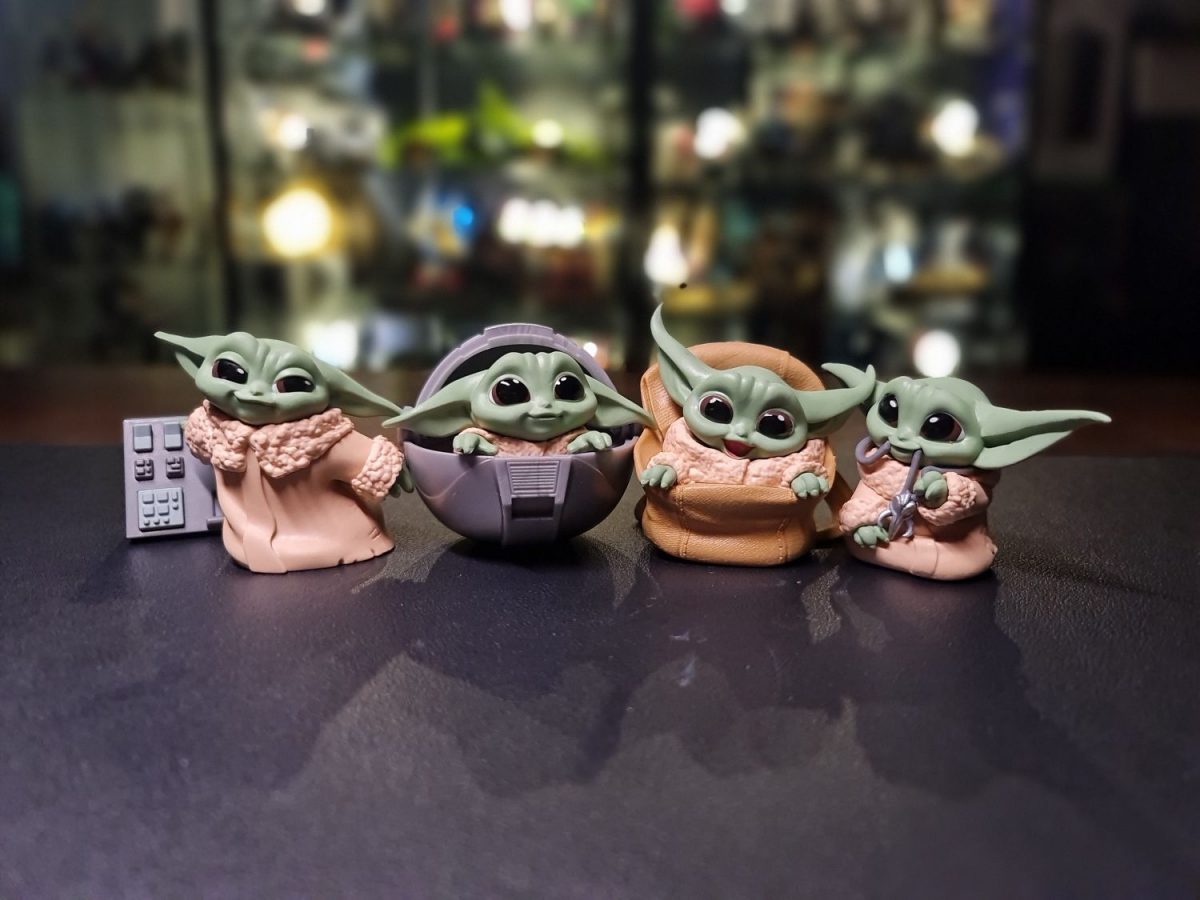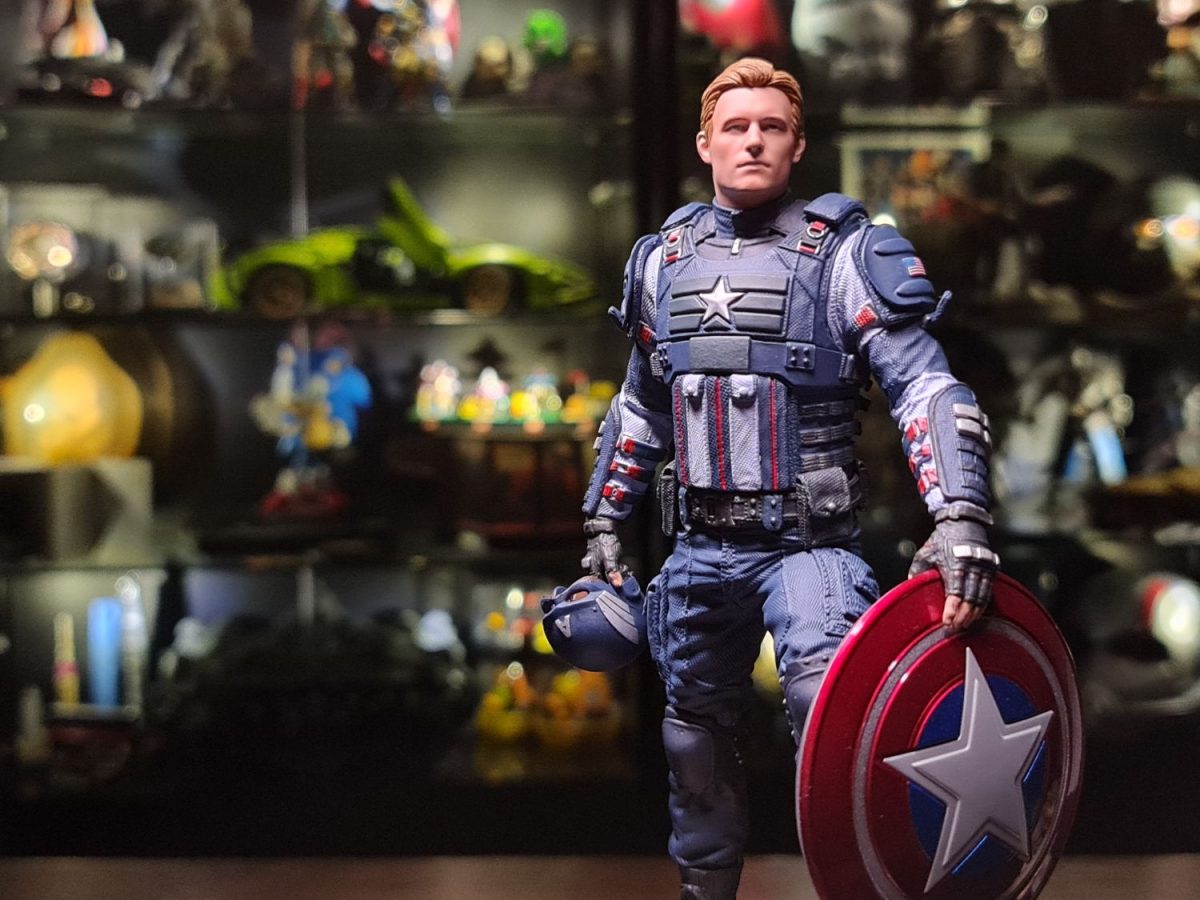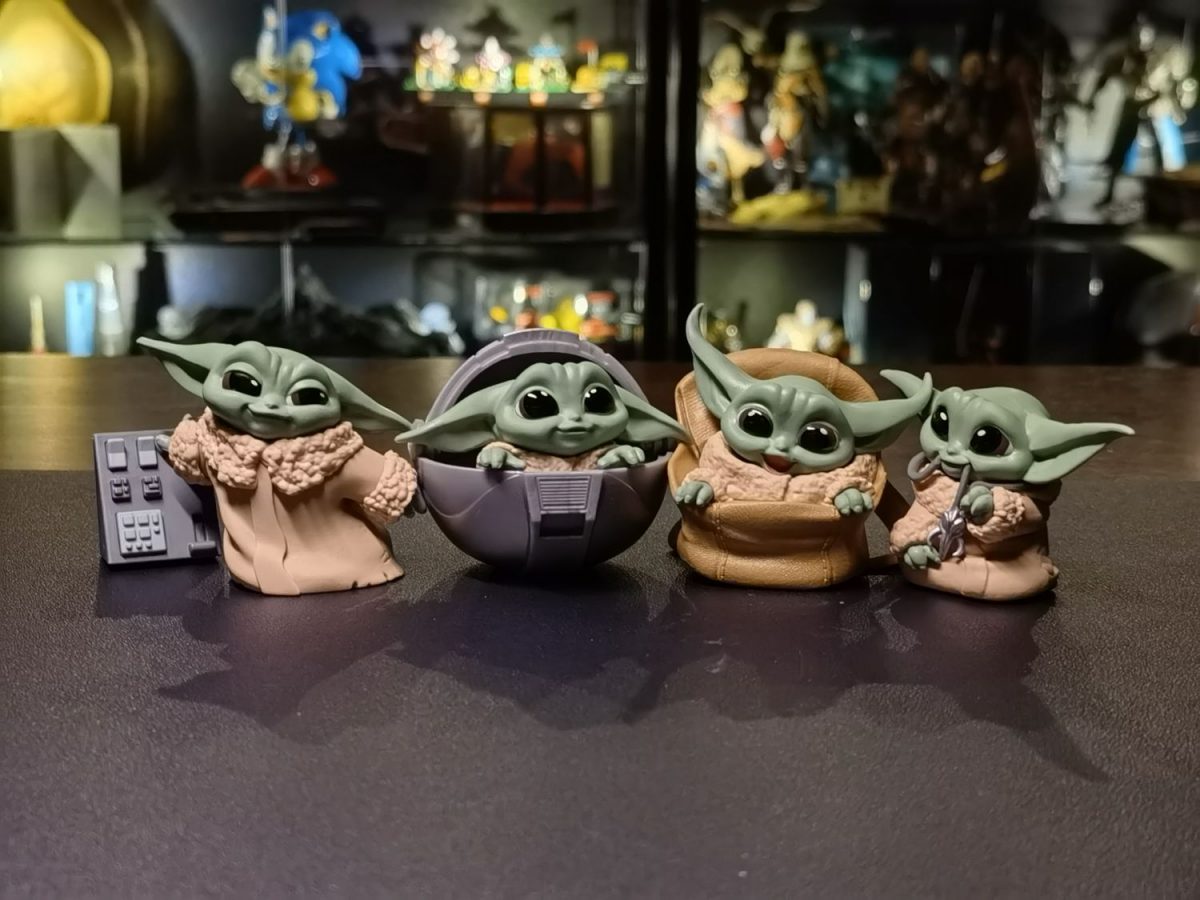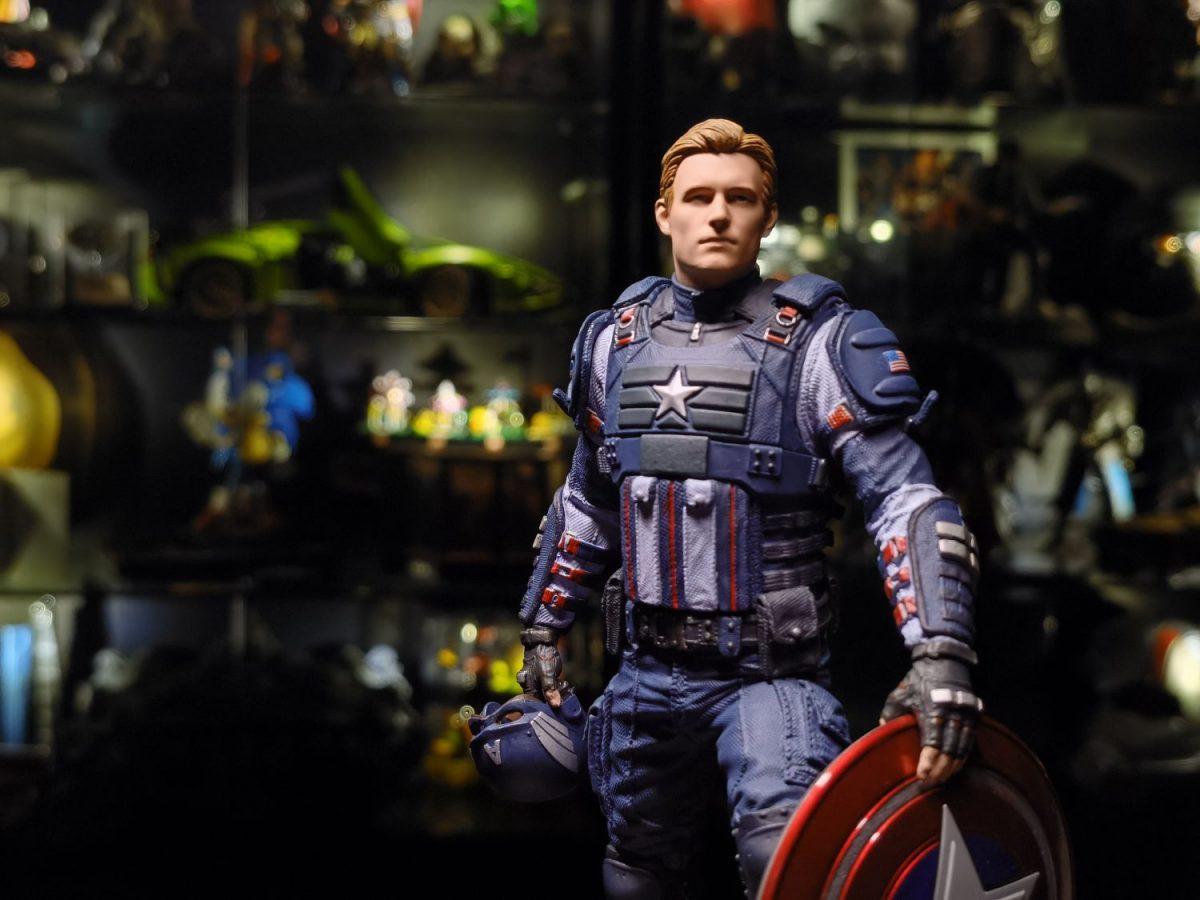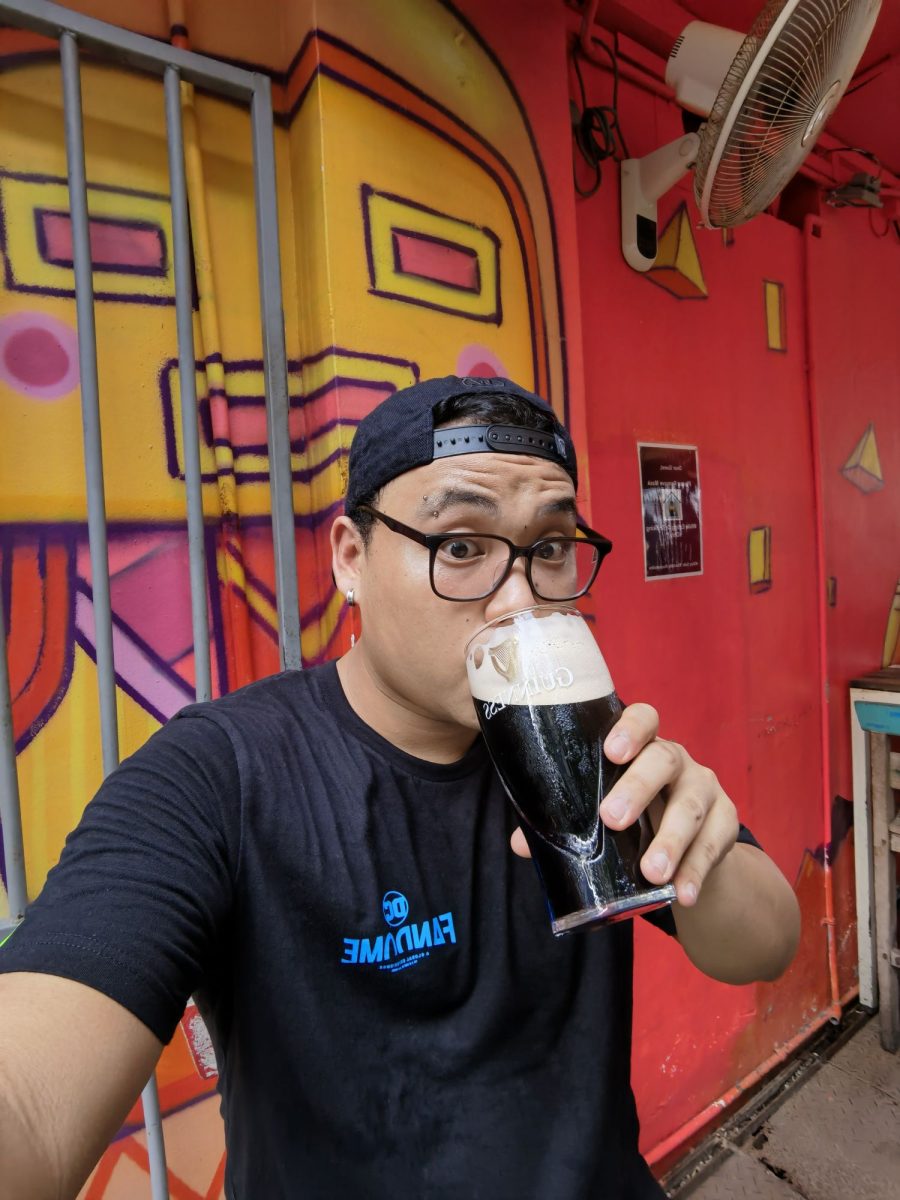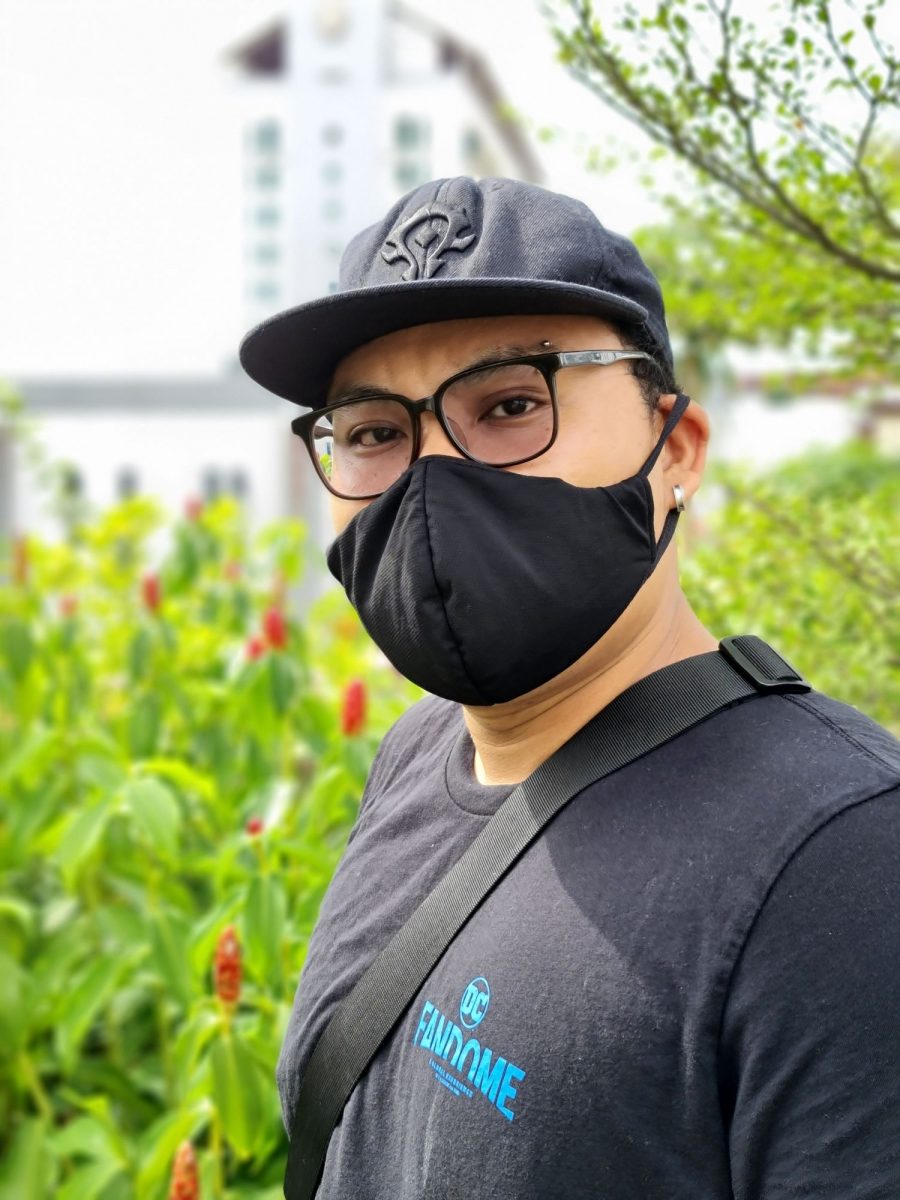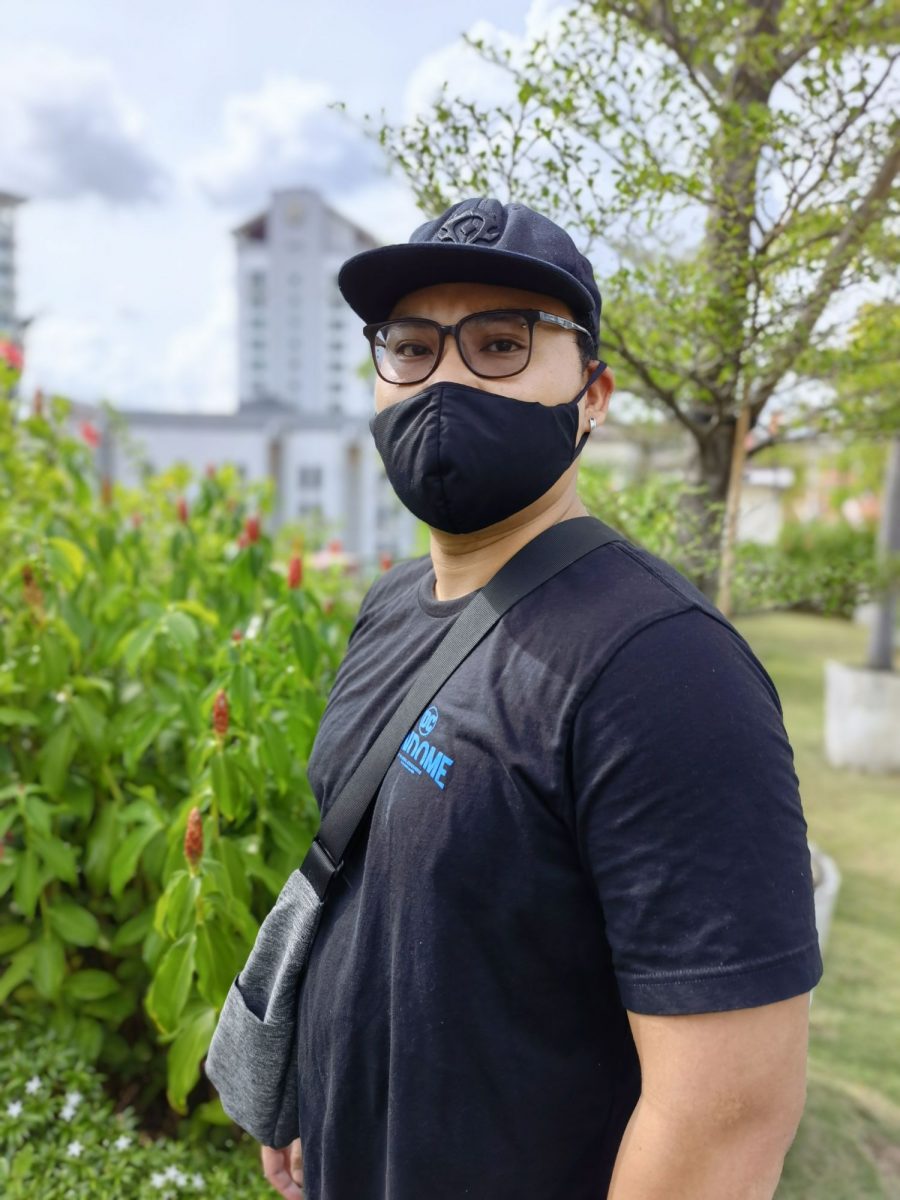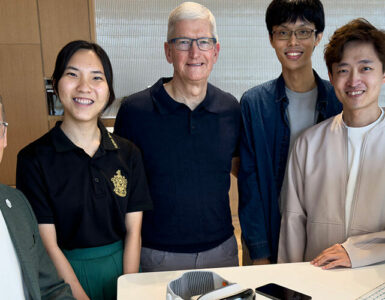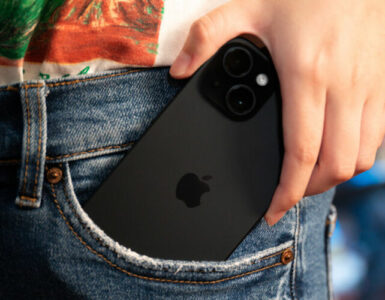While many will remember 2020 as a cursed year for the dreaded beast known as COVID-19, it probably would be criminally unjust to say only bad things happened at the tail end of this decade.
Many good things have been brought about this year too to give folks a reason to look forward to tomorrow, such as the launch of the PlayStation 5 and the Xbox Series X, as well as the launch of new flagship smartphones.
And of course sitting pretty at the top of this year’s market includes Apple’s iPhone 12 Pro Max, the Samsung Galaxy Note 20 Ultra, and (unfortunately) the Google-less Huawei Mate 40 Pro – all equally attractive machines oozing with performance, utility and design, and all vying for your wallet with everything they’ve got.
But when you strip all the other fancy features aside, you still have three very capable camera phones to pick, priced at the upwards of S$1,600. And should you ever find yourself at that crossroads, which way do you go? As it turns out, we managed to get our hands on the three flagships and took them for a nice long stroll along the streets of Singapore to see which camera system comes out on top.
We’ve tested them in various light settings, such as daytime and night (controlled and outdoors), using all of their various lenses available. While some phones have more lenses than others, we’ve tried our best to replicate as many shots as possible among all three devices.
That said, we will include a disclaimer that these are our opinions and, ultimately, your mileage with these phones may vary. And really, what works for us might not appeal for you so we will leave the final verdict to you. With that out of the way, let’s get into it.
Daytime
iPhone 12 Pro Max
Samsung Galaxy Note 20 Ultra
Huawei Mate 40 Pro
As expected, there is little to differentiate the wide and ultra-wide lenses for each of the three flagships. Details are astonishing across the board, especially on the wide and ultra-wide lenses for all three. Going up close with the telephoto lens also provides a good amount of detail even when you zoom in on the image, so it’s safe to assume all three phones do spectacularly in daylight.
One thing to note, though, is that colours on the Mate 40 Pro tend to get washed out, and colours seem to get a little oversaturated on the Note 20 Ultra for some reason. The iPhone 12 Pro Max seems to have the most balanced colours, but even then, it’s only by a small margin.
Nighttime (Outdoors)
iPhone 12 Pro Max
Samsung Galaxy Note 20 Ultra
Huawei Mate 40 Pro
At night, it’s a different ball game. On a whole, blacks don’t seem to be crushed for all three phones, though the inevitable grain can be seen at times, especially when on digital zoom. The massive sensor and superb post-processing on the Huawei Mate 40 Pro definitely edges out the other 2 here, and comes out on top with the most sharp and balanced images, although spotlights tend to come out a little harsh at times.
On the iPhone 12 Pro Max and Samsung Galaxy Note 20 Ultra, images are still pretty good, though they tend to be a little grainy especially on the zoom on the former and moving images usually end up in messy blurs on the latter.
Night (Controlled)
iPhone 12 Pro Max
Samsung Galaxy Note 20 Ultra
Huawei Mate 40 Pro
While there is very little to separate the three flagship devices in terms of general sharpness, colour and contrast, the iPhone 12 Pro Max stands out here especially with the Baby Yoda figurines, as they are automatically shot on Portrait mode. The iPhone’s AI automatically detects a close-distance subject and instantly creates an artificial depth of field that, at first glance, might pass off as natural.
In terms of creating natural bokeh, Samsung Galaxy Note 20 Ultra takes the cake here. You can see just how creamy the depth of field looks on both the Baby Yoda and Captain America pictures are, and there is a clear separation of foreground and background, which is always pleasing to the eye. The Huawei Mate 40 Pro doesn’t have the smoothest bokeh here, but it captures the most detail out of all three and has the highest dynamic range, although again the margins are rather small.
Selfie (Day & Night)
iPhone 12 Pro Max
Samsung Galaxy Note 20 Ultra
Huawei Mate 40 Pro
In the day, all three selfie cameras do a relatively good job at capturing detail, colour and contrast, but the Huawei Mate 40 Pro does get the nod for having a ultra-wide lens on the front as well, so you can include so much more in typically-limiting selfie shots.
The Mate 40 Pro, and the Samsung Galaxy Note 20 Ultra, both come with onscreen flash for night selfies, which goes a long way in illuminating yourself even in dark places, although images tend to come out a little tinged with green. The iPhone 12 Pro Max, however, needs no such gimmick, as its selfie camera captures quite a good amount of detail without any need for onscreen flash which makes it reliable even in relatively dim areas.
Portrait
Capping off our comparison is Portrait mode on all three phones. The most natural-looking bokeh here comes from the iPhone 12 Pro Max, and it does so without the whites becoming too blown out. The Samsung Galaxy Note 20 Ultra adds a ton more vibrancy to the image, although whites here do get blown a tad too easily. The Huawei Mate 40 Pro Gets the least depth-of-field, but it more than makes up for it with the biggest dynamic range and even tone throughout.
And that wraps it up for our shootout between the iPhone 12 Pro Max, the Samsung Galaxy Note 20 Ultra, and the Huawei Mate 40 Pro. We hope this gave you a gist of just what each of the 2020 flagships are capable of.
Again, this is by no means a comprehensive winner-take-all comparison, it’s more of a taste of just what each device can offer. And dare we say that whichever team you decide to take on, you’re in for a hell of a ride.
Marion has a serious RPG addiction. Sometimes it bleeds into real life; he forgets to sleep because he thinks he has a Witcher’s body clock. Forgive him in advance if he suddenly blurts out terms such as “Mind Flayer” and “Magic Missile”, because never once does he stop thinking about his next Dungeons & Dragons game.

